Summer Shipping Tips & Tricks

Successfully shipping chocolate in warm weather requires careful planning and solid technique – even before Covid.
TL;DR
This post contains the collected wisdom of several posts on TheChocolateLife over the course of years – filtered through the lens of personal experience shipping chocolate to hundreds and hundreds of addresses to all four corners of the United States as well as Canada and Mexico.

The OG post from 2011.
During peak holidays, I have been able to pack and ship (including entering date into and printing USPS Click-and-Ship labels) as many as 60 boxes a day all by myself when I had to. But it took me about a year to figure out a brutally efficient routine, one that depended on meticulous preparation and organization.
Set up a Shipping Station mise en place
Purchase packing supplies in bulk and prep them and set up a packing mise en place just like you would prep for cooking. Making sure that everything is cut to the right size and in a convenient place – without having to clean up and move everything before or after – is one key to shipping efficiency.
You should always be looking for ways to increase efficiency. If it takes you an average of 5 minutes to pack a box, the max number of packages one person can ship in eight hours is 96 (without taking any breaks, a better count for planning purposes is is about 75% of the calculated max).
Cutting the time to four minutes means that one person can ship 20% more boxes in the same amount of time. This might not seem important today, but the night before the last shipping day before Christmas it can be crucial.
Shipping Labels
One place to focus your attention on efficiency is the integration of your shopping cart with your shipping company(ies). Ideally, all you should have to do is click a button and the software will properly determine the proper shipping rate and print the label (if it can do this in batches even better). Any data cleanup or reentry is only going to slow you down.
Sales Taxes
Although not directly involved with getting boxes out the door, your shopping cart should calculate and report sales taxes properly. Failure to do so is not very likely to result in penalties unless thousands of dollars is involved. However, manually calculating sales taxes collected and owed each quarter is extremely tedious and time consuming.
In NYS, chocolate is not considered a food item exempt from sales tax so sales tax needs to be collected ... based on the destination address – which determines which of the over 60 tax jurisdictions apply. Not all shopping carts support multiple tax jurisdictions in a state and for those that do, keeping the table up to date requires regular administration or paying a service to provide you updates.
Successful Warm Weather Shipping
I have had great success shipping in all weather conditions using the following techniques – even to Phoenix in August.
- Make sure to use a box that is large enough to fit everything without crowding. Dead air space is an excellent insulator – you don't want your heat-sensitive chocolate to be touching the inside of the box. Consider using cornstarch packing peanuts to maintain layers of separation.
- Make sure to tape all the seams of the box. All of them. This helps keep hot air out and cool air in. Not just the top and bottom center/long seams. You'll be taping the 4 edges and the two center seams.
- Line the box with thin bubble wrap that is covered in mylar on both sides – the mylar layer on the outside keeps heat out of the box, the mylar layer on the inside keeps cool in the box. Use one piece across each dimension of the box (extra padding on the bottom is good, cutting them long enough to make sure they overlap at the top). Any packing peanuts will be inside this layer of insulation.
- If it's going to be really hot at the destination also wrap what you are shipping in the mylar bubble wrap. By adding an extra layer of insulation it keeps what's inside cool and protects it from potential condensation from gel packs, if you use them.
- When using gel packs make sure they are inside the outer layer of insulation.
- Consider using a square of kraft paper padding (sometimes folded over) inside the bubble wrap for extra cushioning and to absorb any moisture.
- Make sure the product itself is as cool as it can be before packing. If it's stored at 54F it will take longer to get to its melt point than if you ship it from 68-72F. When I was working with Vintage and selling Cluizel, we were shipping from a storage room kept at 34F! This gave us an extra day for free; instead of 2-day ground we could do 3-day and save the customer a lot of money. We also shipped in oversize boxes filled with peanuts with the product in the center of the box, and the product being shipped was wrapped in plastic bags to protect from condensation.
- Make sure whoever receives the shipment has a place where it can be received that is out of the sun.
- Make sure to get Perishable stickers and it doesn’t hurt to add This End Up and/or Fragile stickers, too. These are simple and effective ways to get the attention of whoever is handling your box to be careful.
- Make sure to fully insure each package – the cost of product and shipping.
This may all seem like a lot of work. And it is – if you don’t do it right. The key is meticulous prep and organization.
Make Sure to Fully Account for Costs
- Time how long it takes to pack and label 20 boxes.
- Take the average time and multiply it by some minimum wage you’re willing to accept (in 2009 I used $15/hr). This gives you a labor cost per box.
- Also calculate the per-box cost of packing materials and add those to the labor cost to arrive at a handling charge.
- Whether you decided to pass the handling charge along to the customer is your decision – maybe you never discount the price of product but offer shipping and/or handling at low or no extra cost as a rebate. You still really do want to know the per-package cost of getting the box ready to ship, and always be on the lookout for ways to lower it.
Back in 2009 (the last year I shipped lots of chocolate for Christmas) the handling charge worked out to $3.50 per order to pack, label, and deliver the boxes to the post office and cover the cost of packing supplies.
Make Friends
While it may not be policy for delivery personnel to accept gifts (of chocolate), make a point of getting to know the letter carrier who delivers your mail regularly and make sure to get to know the people on the loading dock at the post office you use – even if you mostly use another shipping service. They will tell you when the last truck out each night is. In my PO, the counter closed at 5:00 but the last Priority Mail truck left no earlier than 6:00 – and the Express Mail truck was slightly later. Ask for permission to drive around to the loading dock to drop off packages. You never know when that extra hour or so will make all the difference in the busy season.
Thinking About Your Carbon Footprint: Reduce, Reuse, Recycle
I prefer to use post-consumer recycled paper goods for packing. The main exception I make is the mylar/bubble/mylar insulation which I have found offers the highest weight-to-performance-to cost of any material though it may only be marginally less odious than expanded foam sheets. I do reuse cushioning and insulating materials used in packages shipped to me, giving them at least one more use rather than throwing them away after receiving them.
One bit of sourcing advice from a comment on one of the shipping posts:
Pharmaceuticals are nearly all shipped cold, makes sense. What doesn’t is that I have yet to find a pharma or hospital that has a good disposal practice. These centers will get in a crate of products, packed with 8-12oz cold packs – the same ones you buy, but they just trash them when done.
I asked one specialist if he would mind keeping a box of mine in his back office and when they got in shipments to just throw the ice packs in my box. They have no problem with this and now probably have enough ice for the next two years. I supply the office with some goodies as thanks and send the Dr. a few goodies for the family and everyone is very supportive.
So if you’re looking for a very cheap way to get your hands on a lot of ice packs, strike up a conversation with your pharmacist or a Dr. you see regularly and I’ll bet you'll have a mountain of ice packs you can have access too. Not to mention it feels like we're recycling a bit further instead of just adding more to the landfill.
Rather than ice/gel packs I have found the following “ravioli” ice blankets a good alternative. When conventional ice/gel packs are shipped to you that’s a lot of dead weight and they take up a lot of space. These gel-pocket ravioli rolls get shipped dry (lowering your footprint) and you hydrate and freeze them as you need them. The other very nice things about these is that they take up less space when dry than conventional ice/gel packs, can be cut to size, and are still somewhat flexible frozen which means they can fit any sized box and can completely encircle the product to be kept cool.

One area that also bothers me is shipping tape. While paper tape is an option, they often have a water-based adhesive and require a bulky dispenser – and spilling water is something to be careful of. The following product is no longer available. A currently available (June 2024) option is shown after.

Consider purchasing a similar product and customizing it with your name/logo and Perishable markings.

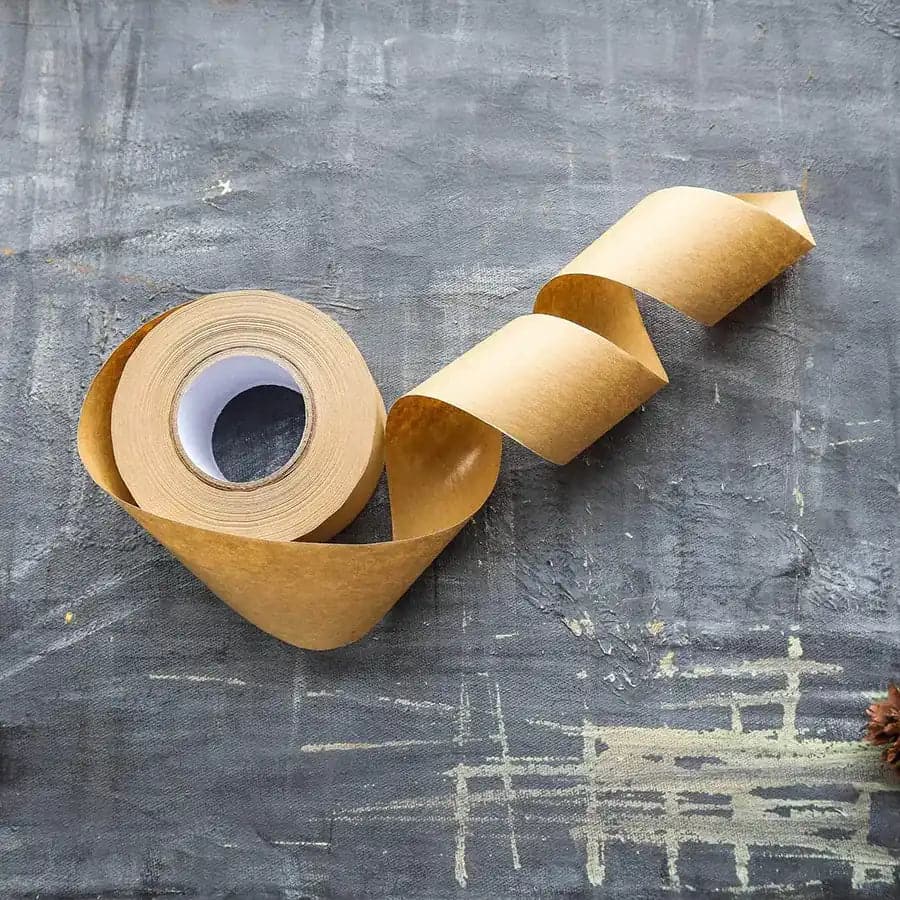
A Canadian option.
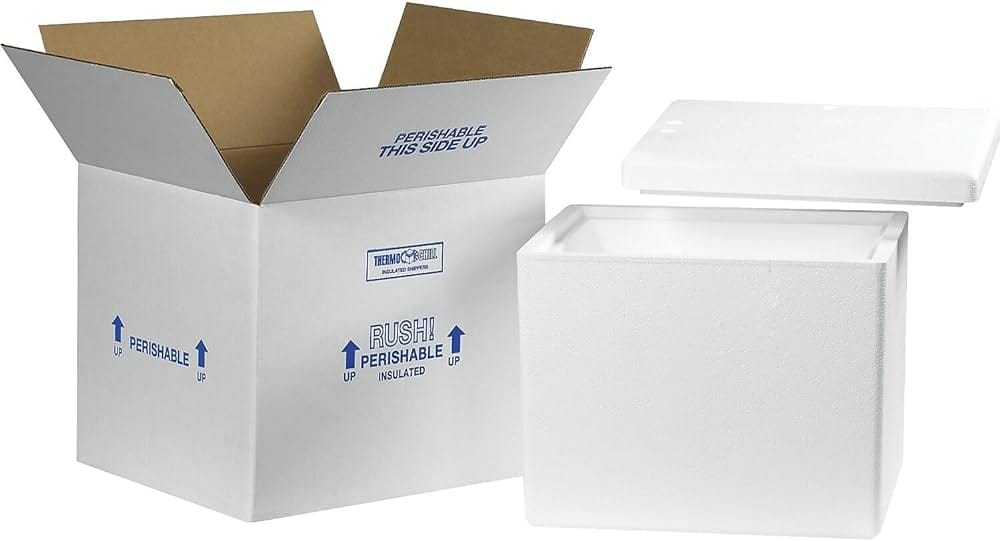
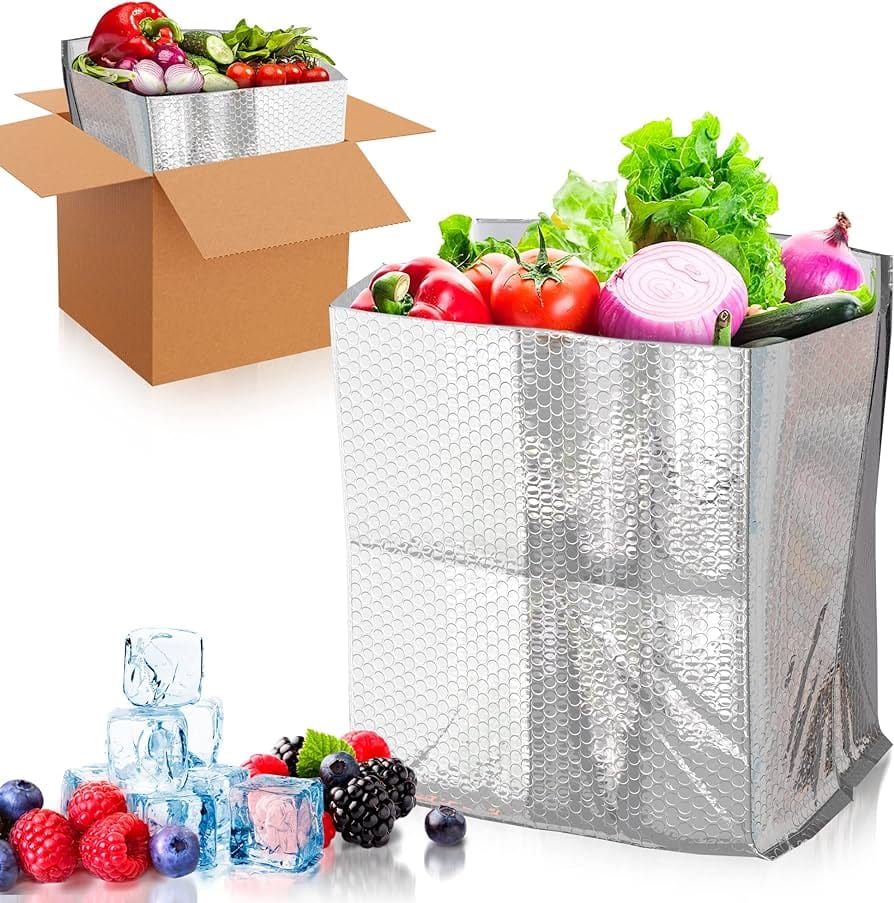
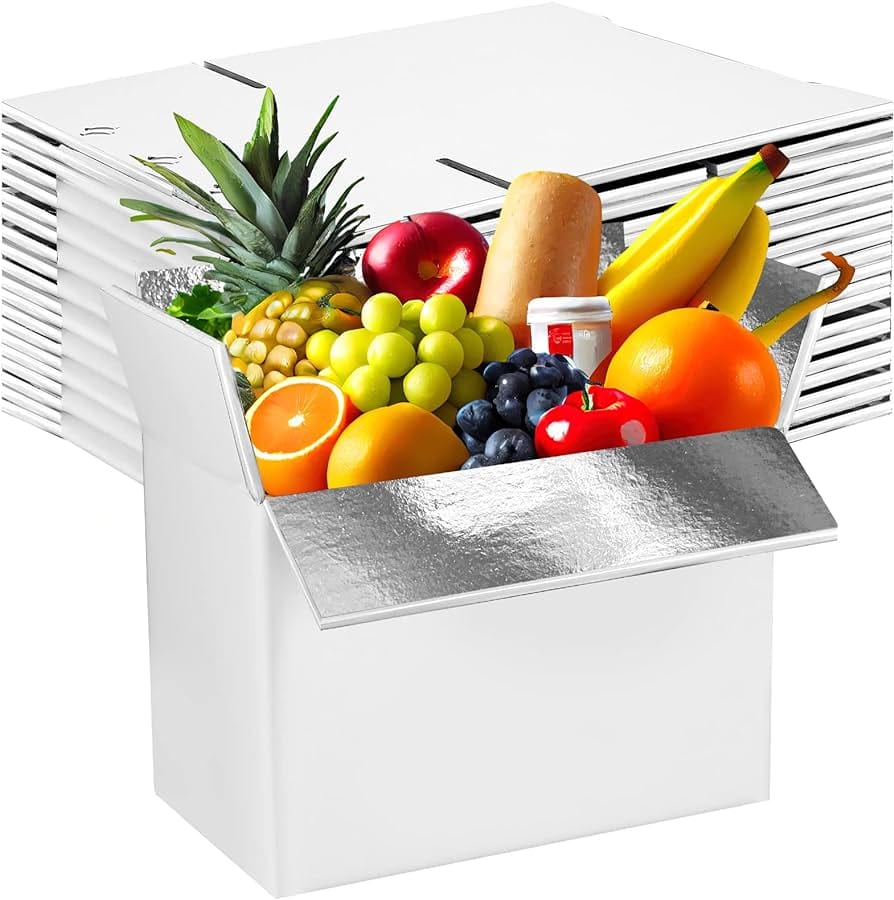
Don’t just think about unit costs. Think about space required versus labor.
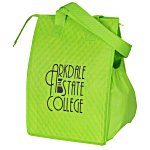
Some custom-printed options. Pack the chocolate first in a branded insulated tote within a larger insulated container.
Have favorite warm-weather shipping tips you want to share? Leave them in the comments.



